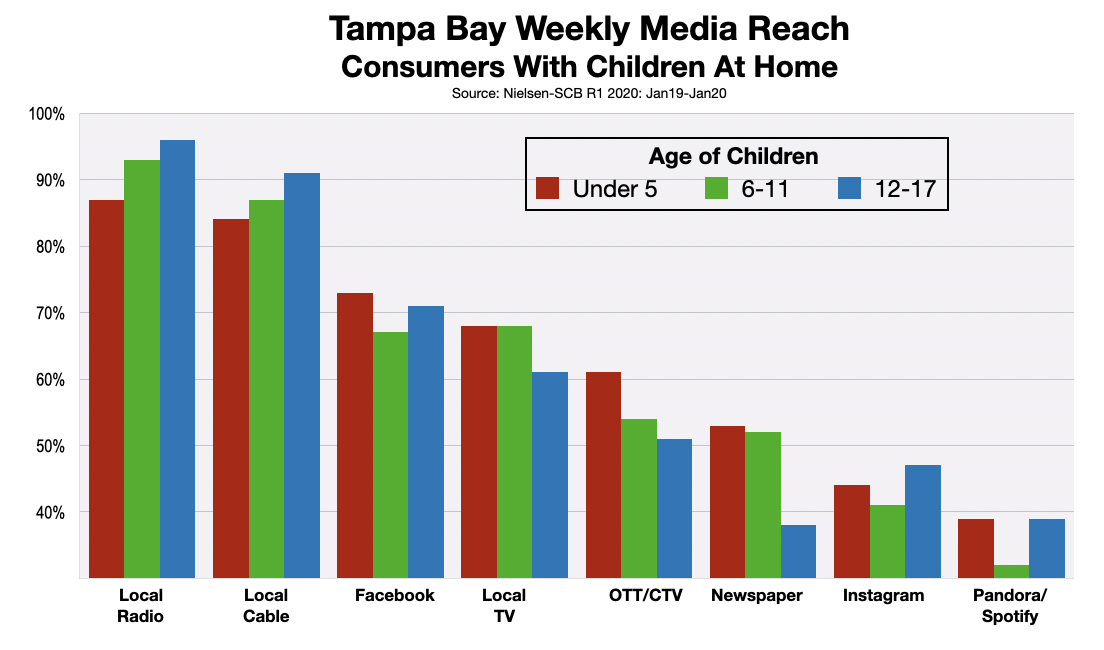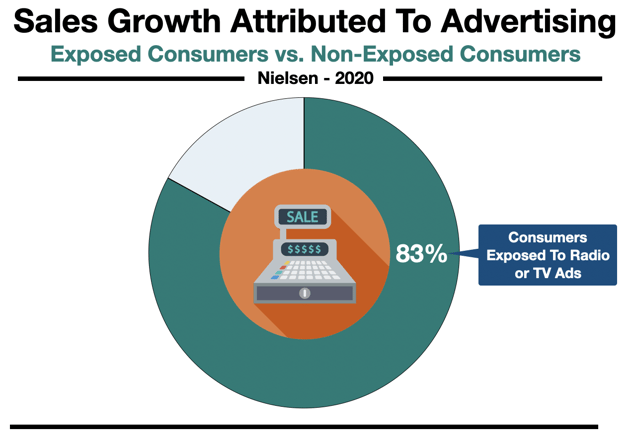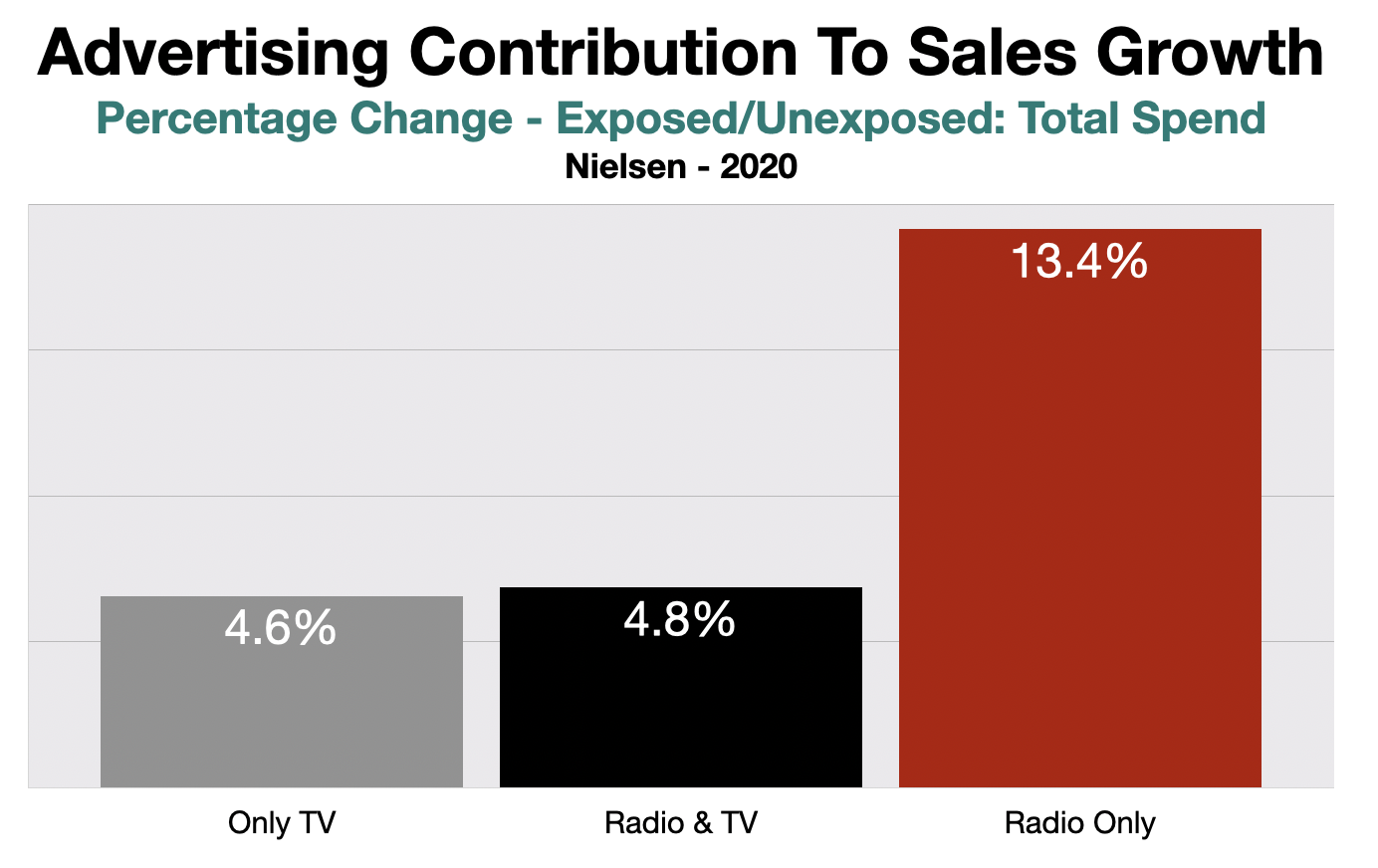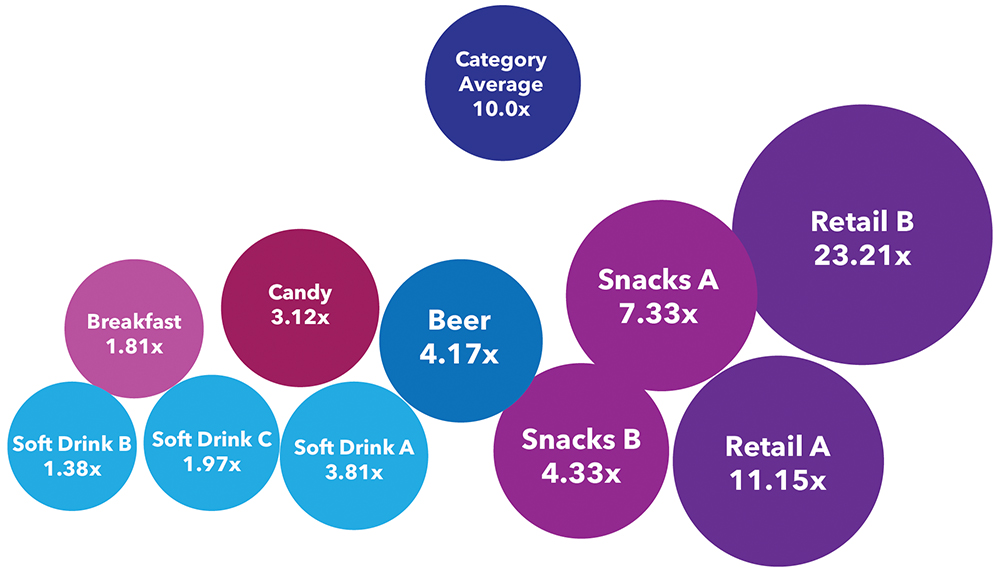 There is cheerful news for small business owners from Port Richey to Brandon and every city and town in between.
There is cheerful news for small business owners from Port Richey to Brandon and every city and town in between.
Based on the latest projections from the National Retail Federation, holiday sales are expected to grow 3.6%-5.2% over 2019. This means despite the economic ravages of the pandemic, Tampa Bay shoppers will be spending between $7.6 and $7.9 billion on gifts and other trappings of the season.
The NRF forecast is based on an economic model that takes into consideration a variety of indicators including employment, wages, consumer confidence, disposable income, consumer credit, previous retail sales and weather. NRF defines the holiday season as November 1 through December 31. Numbers forecast by NRF may differ from other organizations that define the holiday season as a longer period or include retail sectors not included by NRF, such as automobile dealers, gasoline stations and restaurants.
"Consumers have shown they are excited about the holidays and are willing to spend on gifts that lift the spirits of family and friends after such a challenging year," says NRF President and CEO Matthew Shay. "We expect a strong finish to the holiday season."
“Given the pandemic, there is uncertainty about consumers’ willingness to spend, but with the economy improving most have the ability to spend,” NRF Chief Economist Jack Kleinhenz said. “Consumers have experienced a difficult year but will likely spend more than anyone would have expected just a few months ago."
 “After all they’ve been through, we think there’s going to be a psychological factor that they owe it to themselves and their families to have a better-than-normal holiday. There are risks to the economy if the virus continues to spread, but as long as consumers remain confident and upbeat, they will spend for the holiday season.”
“After all they’ve been through, we think there’s going to be a psychological factor that they owe it to themselves and their families to have a better-than-normal holiday. There are risks to the economy if the virus continues to spread, but as long as consumers remain confident and upbeat, they will spend for the holiday season.”
Kleinhenz said households have strong balance sheets supported by a strong stock market, rising home values and record savings boosted by government stimulus payments issued earlier this year. Jobs and wages are growing, energy costs are low and reduced spending on personal services, travel and entertainment because of the virus has freed up money for retail spending.
To capture the largest possible share of Tampa Bay holiday spending will require small business owners and retailers to advertise.
Marketing expert Sean Gundz recently wrote on www.chainstoreage.com that regardless of which strategies a business owner utilizes to drive holiday shopping receipts, there is one tactic that can't be overlooked. "It’s critical to communicate with customers ahead of time, so they understand why they should visit one location versus another," he says.
By any metric, the best way for local small business owners to reach holiday shoppers is on Tampa radio.
In a recent study, Nielsen discovered the elements of an advertising campaign that had the most potent effect on purchase behavior. The results indicate that reach (the number of different consumers exposed to a campaign) was responsible for driving more sales for the advertiser than branding, recency, context, or targeting.
Each week, according to Nielsen, Tampa radio reaches more adult consumers than all other advertising media available to local business owners.
A big part of holiday shopping is centered on buying gifts for children in the family. According to a study by T. Rowe Price, a global investment management firm, parents are expected to spend, on average, $422 per child during the Christmas season. Advertising on Tampa radio is the best way to reach local moms and dads.
A final crucial metric for Tampa Bay small business owners considering advertising to boost holiday sales is ROI. With cash in short supply this year, every dollar invested needs to deliver a substantial sales increase.
A recent study conducted by Nielsen analyzed the sales results of a major retailer who conducted an advertising campaign on both radio and television over a 30 day period.
Using their Portable People Meter panel of 80,000 consumers, Nielsen measured the purchase behavior of consumers who were exposed to the advertiser's commercials on both radio and television. To learn more about the methodology, click here.
The result of the study indicates that the money invested in radio advertising had a much stronger return-on-investment than the money spent on TV.
According to Nielsen, during the campaign period, the retailer experienced a 6.2% increase in sales growth. The majority of the increase came from households where consumers were exposed to the advertising campaign.
When Nielsen looked at how each advertising medium contributed to sales growth, the consumers exposed only to the retailer's radio commercials were 3-times more likely to make a purchase than those exposed only to television advertising.
Overall, according to Nielsen, people who were exposed to only the retailer's radio commercials represented only 20% of all advertising impressions. However, these same consumers were responsible for 42% of the sales increases.
This is the bottom-line of this study for any Tampa Bay small business owner struggling with where to place their limited marketing budgets. Radio produces the strongest increase in sales for every dollar invested. In this Nielsen study, the retailer earned a $28,000 increase in sales for every $1000 spent.
These findings confirm 21 previous studies by Nielsen, which demonstrate that, on average, radio advertising returns $10,000 in advertising for every $1000 invested. The chart below shows the range of returns from each study.
AdAge, a trade magazine for advertising professionals, calls these types of return "eye-popping". The magazine goes on to say radio's ROI is superior to commercials on TV, online, and social media.
More Advice For Tampa Bay Small Business Owners
- What Is The Best Way To Reach Online Shoppers In Tampa Bay?
- Small Business Advertising In Tampa Bay: Consumers Ready To Spend
- Advertising ROI In Tampa Bay: Television vs. Radio
- AVOD: Four Letters Every Tampa Bay Small Business Owners Should Know
- Advertising On Tampa Radio Is Back In The Driver's Seat


.png?noresize=true&width=631&name=Advertising%20In%20Tampa%20Adult%20Media%20Reach%202020%20(r2).png)






